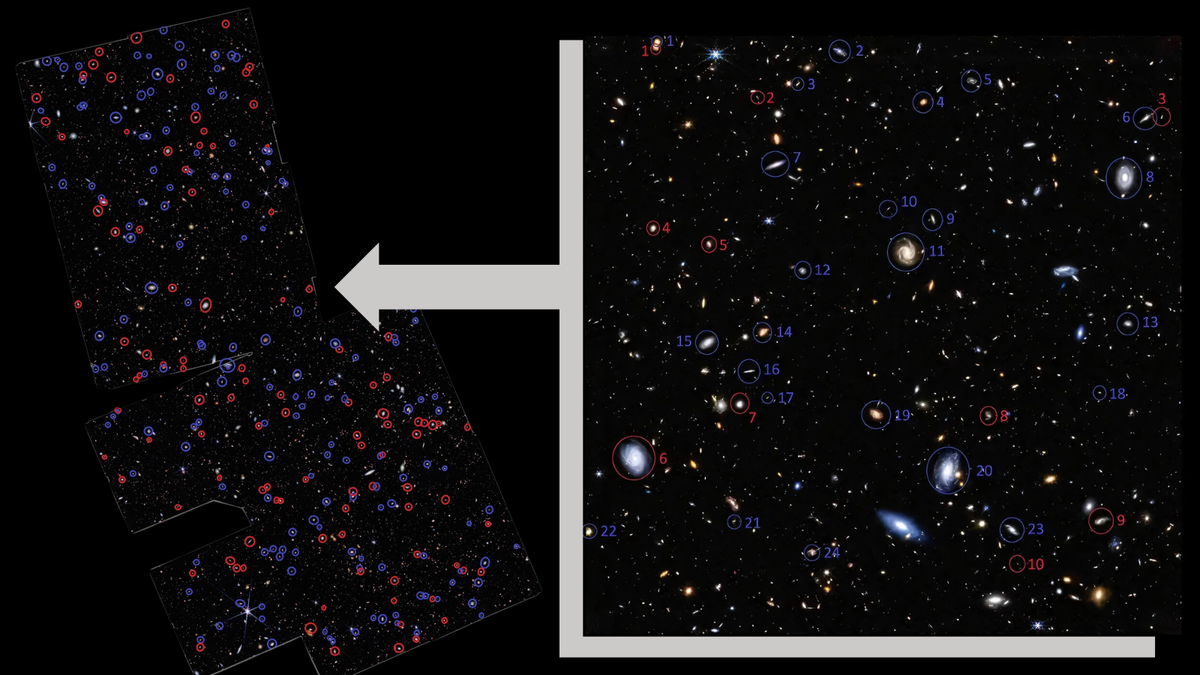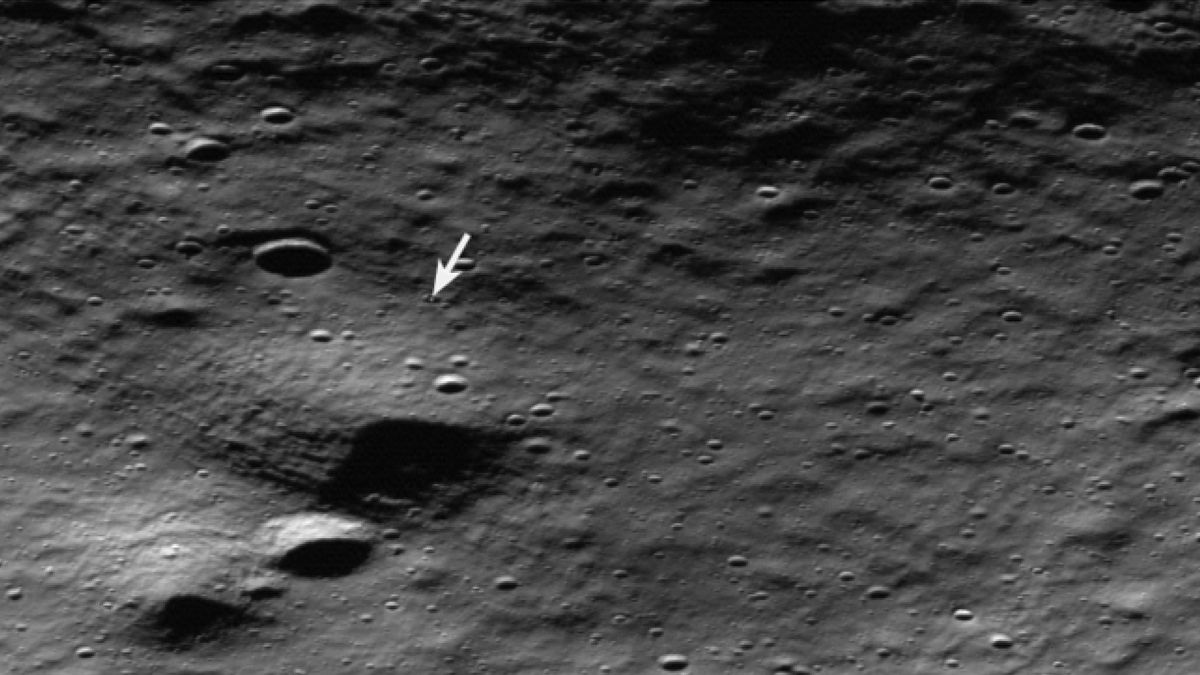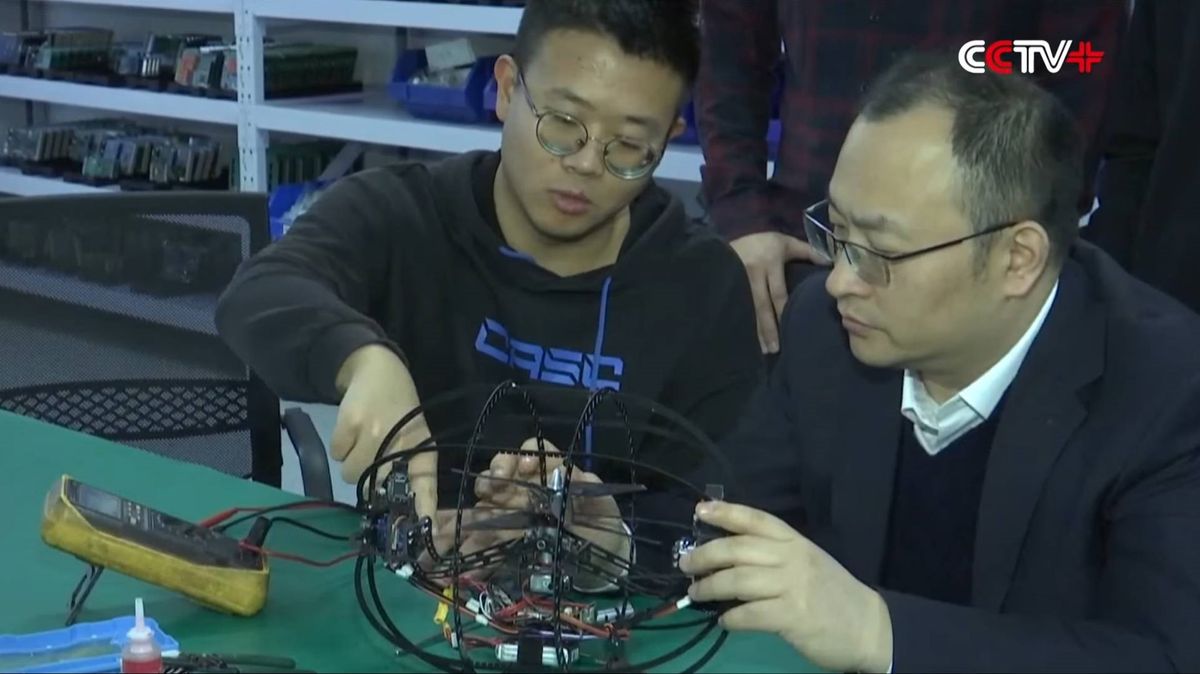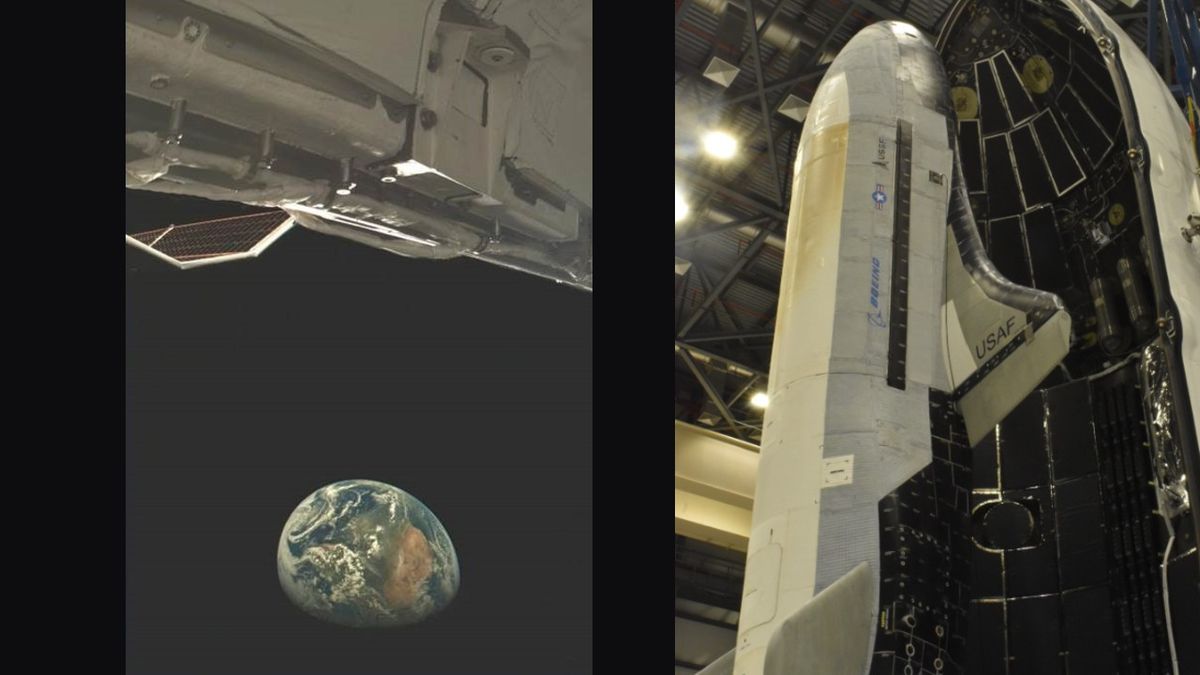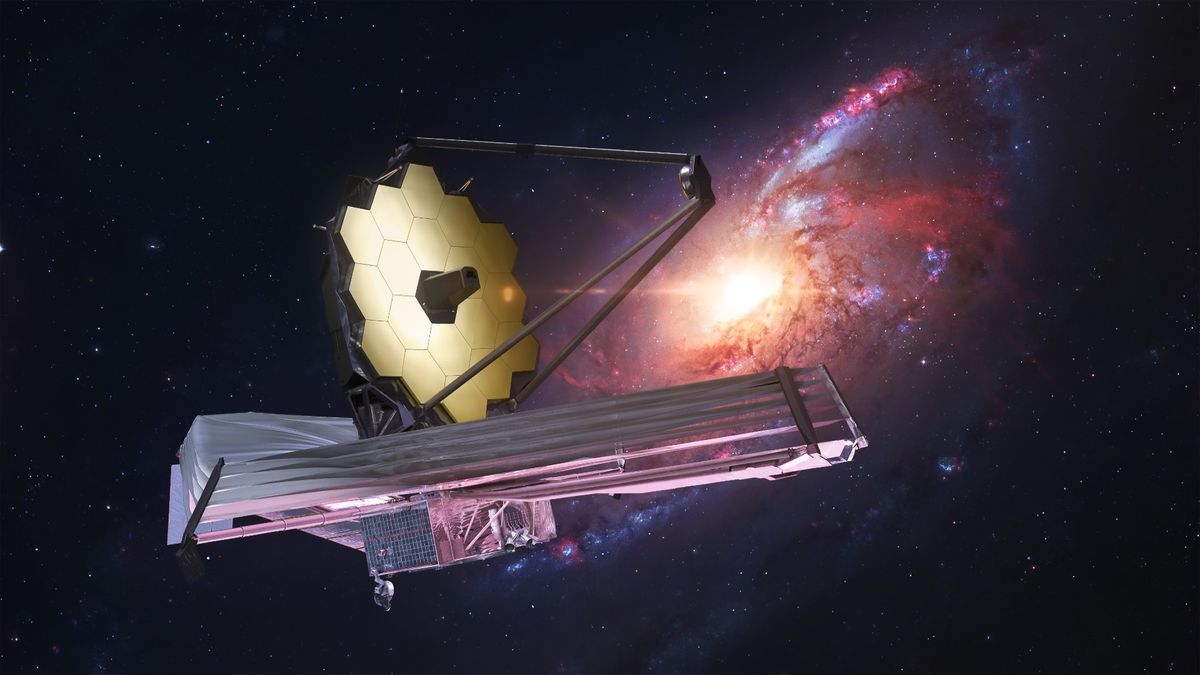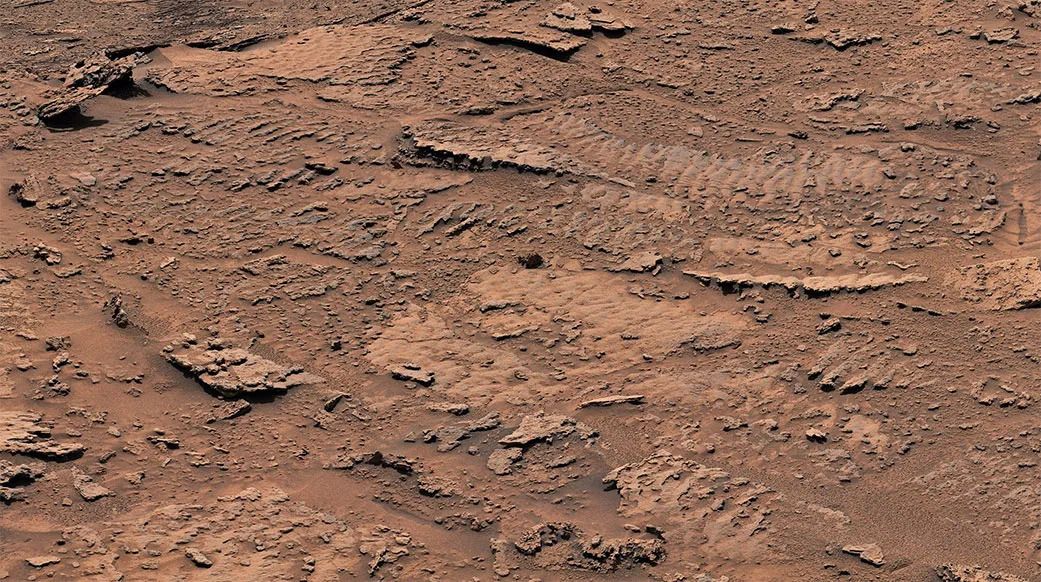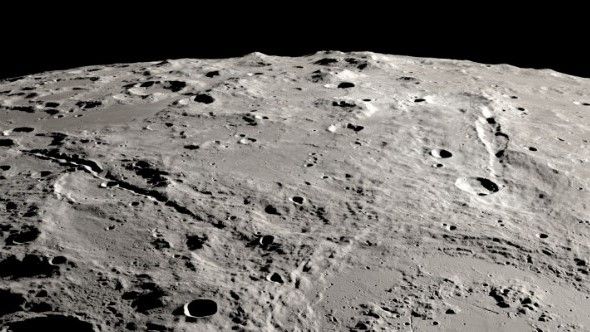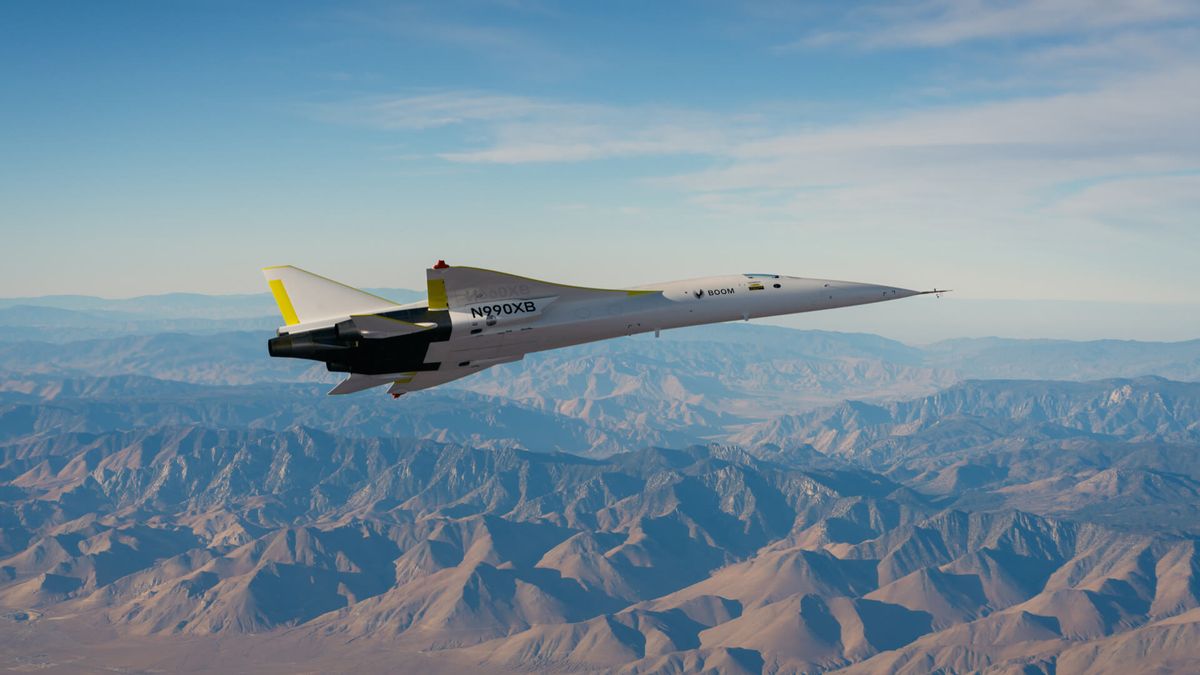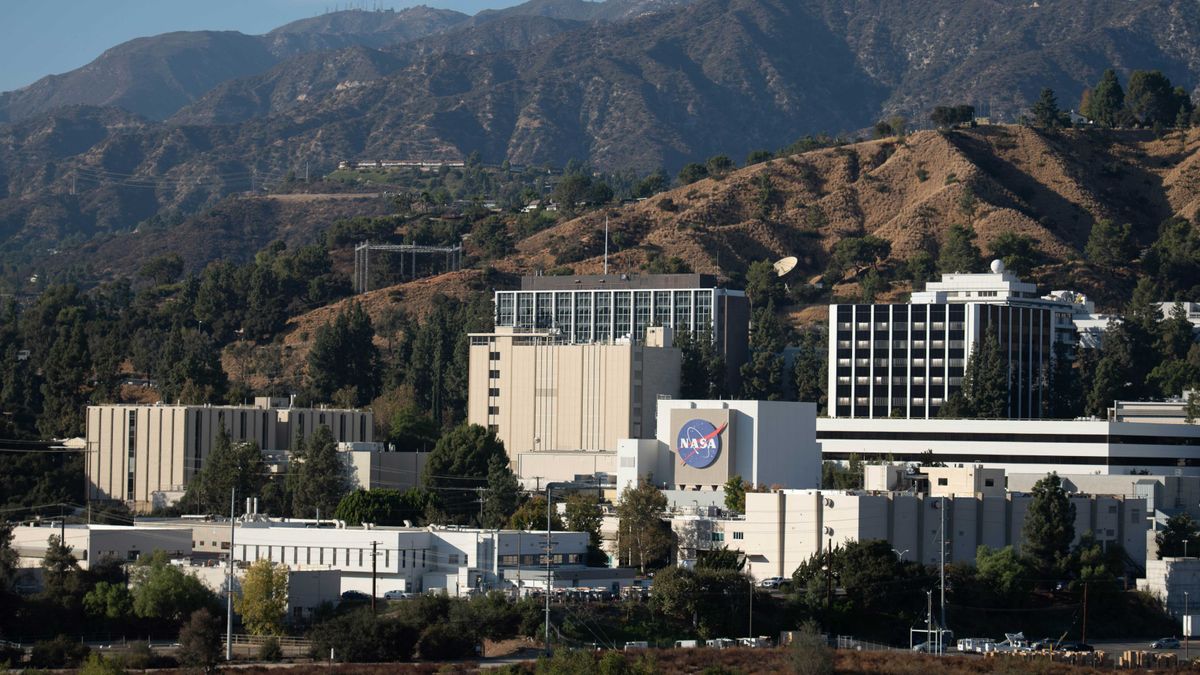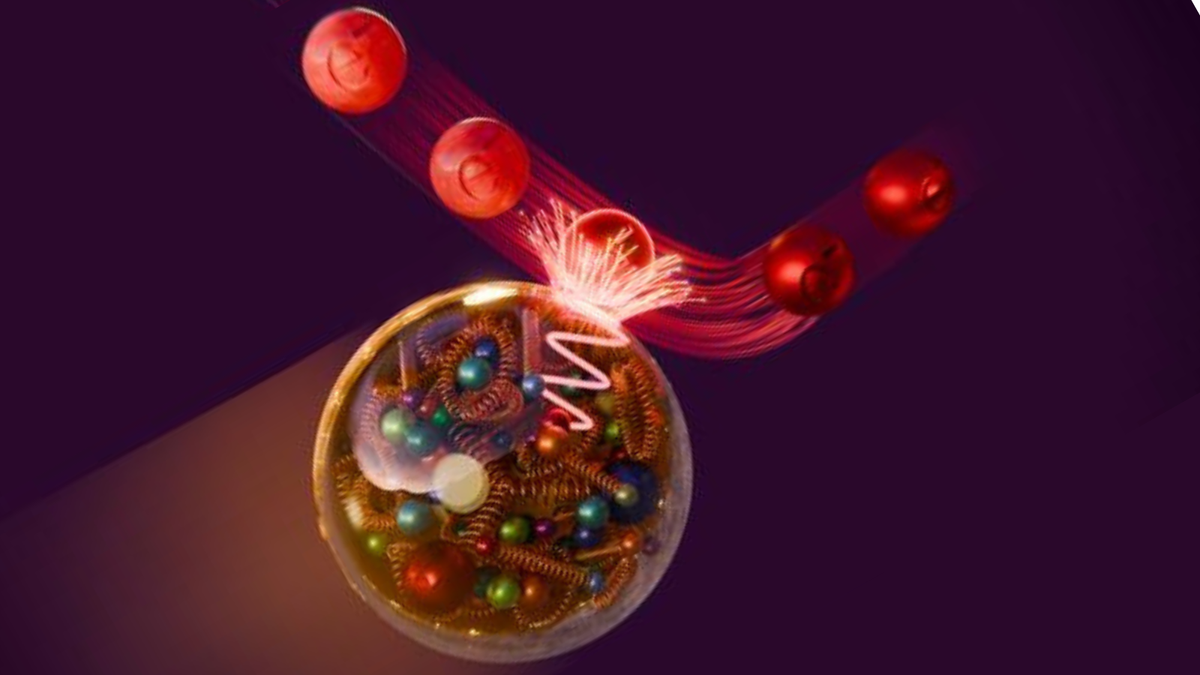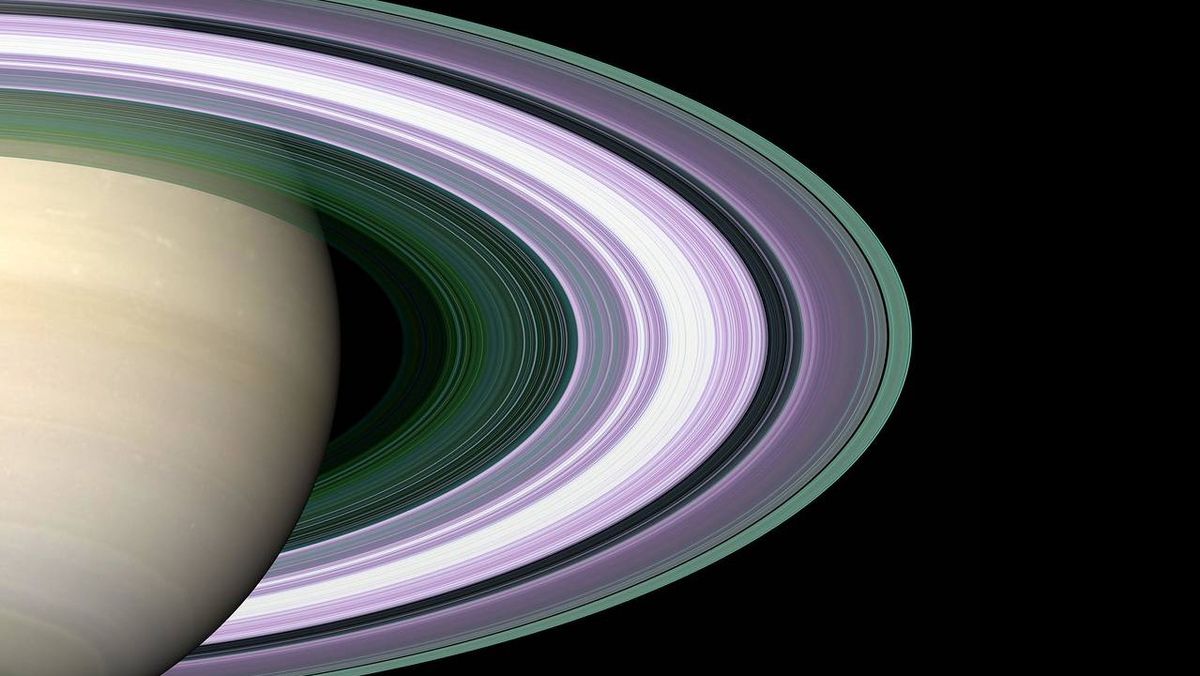Firefly's Blue Ghost Captures Solar Eclipse from the Moon

Firefly Aerospace's Blue Ghost lunar lander captured incredible images from the moon's surface, including a stunning 'diamond ring' solar eclipse during the total lunar eclipse on March 14th. This marks the first time a commercial company has actively operated on the moon and observed a total solar eclipse where Earth blocks the sun, a phenomenon that occurred simultaneously with the lunar eclipse seen on Earth. The event highlights the new era of private lunar exploration.
Read more